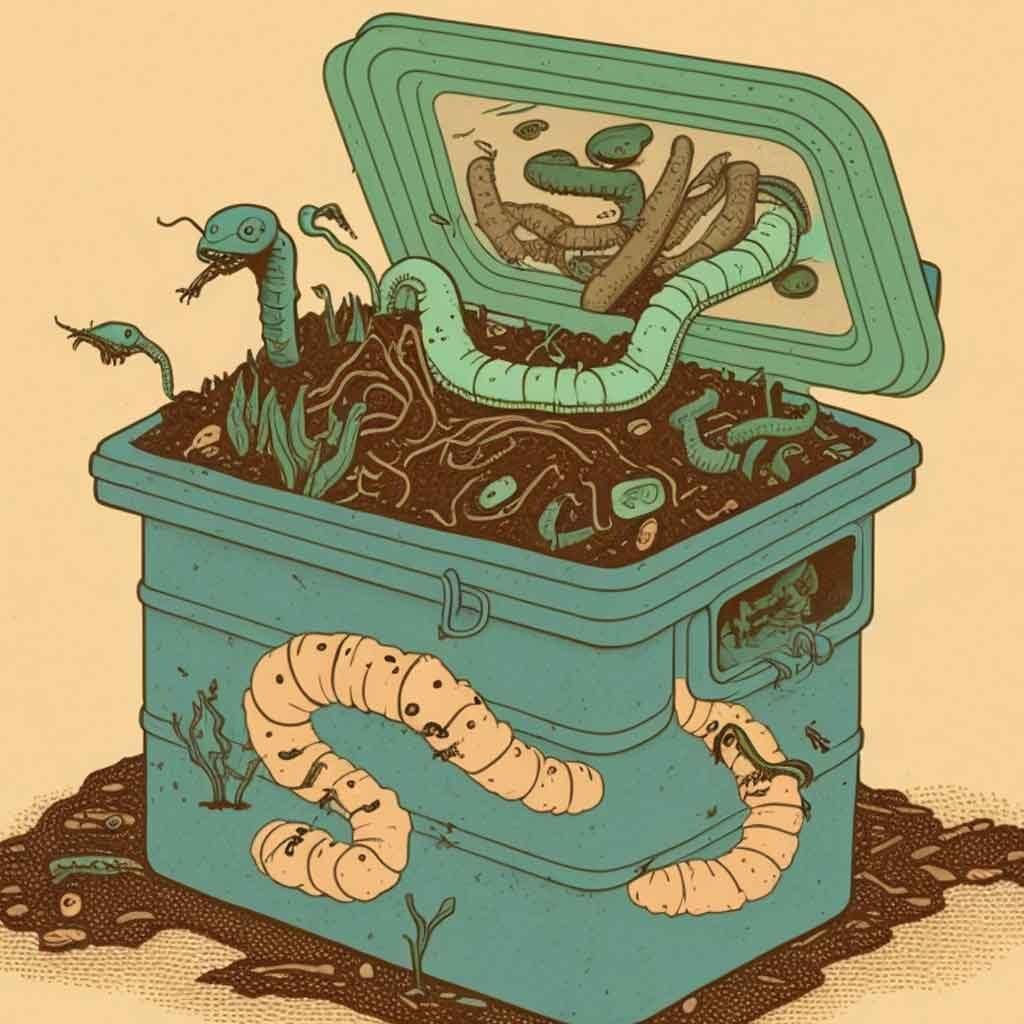The best way to ensure that your plants are organic is to start out by planting your own seeds.
Understand how it works
Some plants lend themselves to home germination better than others. Surefire vegetables include basil, broccoli, brussels sprouts, cabbage, cauliflower, chives, leeks, lettuce, onions, peppers, and tomatoes. Some reliable annual flowers are alyssum, cosmos, marigolds, and zinnias. Perennials include Shasta daisies, columbines, and hollyhocks.
Pick the right growing medium
You can buy bags of seed-starter mix or you can make your own seed-starting mix by blending equal parts of perlite, vermiculite, and peat. Add 1/4 teaspoon of lime to each gallon of mix to neutralize the acidity of the peat. You’ll eventually want to repot most of your seedlings into larger containers before setting them into the garden. But lettuce, melons, and cucumbers are finicky about being transplanted and should go directly from the original containers into the garden. When starting these fussier plants, always add two parts well-aged, screened compost to your mix to give them a healthy beginning.
First of all, hybrid varieties (you’ll see the word “hybrid” in the seed catalog description or in the vegetable’s name) do not always breed true to type. The seed from last season’s mammoth tomatoes may only produce scraggly plants bearing tiny red buttons the following season. To avoid this problem, always start with standard (non-hybrid) vegetable varieties, or stick with hybrids that you know will breed true.
Second, if you plant two or more standard varieties of corn (squash, tomatoes or any flowering vegetables) you’re likely to have crosspollination by wind and/or insects. This results in an uncertainty of your seed quality (a rare result is a new hybrid of higher quality than the two varieties with which you started … but this is highly unlikely). You can minimize this cross-fertilization process by planting only one variety of corn (or squash, tomato, etc.) at a time and locating your plot as far as possible from your neighbor’s patch.
Third, keep in mind that many common vegetables (root crops, cabbages, parsley and brussels sprouts) are biennial. Biennial means the plants do not form seed pods until their second year
Seed Saving Techniques: When To Collect, How To Collect
For fleshy vegetables such as tomatoes, squash and melons, pick them when they are fully ripe. Scoop out their seeds and spread them to dry in a well-ventilated place. Beans and peas need to be left on the vine until the pods are dry and crackly. Corn should also be left to dry on the stalk until the kernels dent. Other types of seed may be gathered when the fruit or vegetables are fully formed, hard and “meaty.” Remember to collect seeds only from the most vigorous plants in you garden, and not just from the first few ripe specimens you happen to encounter. By selecting seeds from just the healthiest plants, you will – over time – select for and create a special sub-variety of these crops that are especially adapted to your backyard’s climate and soil.
Seed Storage
Also remember to label and store your free bonanza as soon as possible after harvesting. You may think you’ll be able to recall the name of each kin of seed, but believe me — it’s easy to get confused. Some (broccoli, cabbage and cauliflower seeds) resemble one another quite closely.
Envelopes make good containers for storing small quantities of most kinds of seed since they can be sealed and labeled conveniently. For larger quantities, I use glass jars (they take up more space than envelopes and are breakable, but you can see inside them).
For more information on Seeds and Spouting or How to Collect Seeds – Check out the following links below:
http://batesnursery.tumblr.com/
http://www.motherearthnews.com/





Leave a Reply